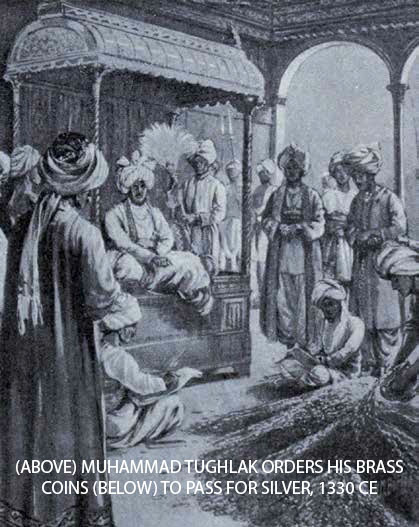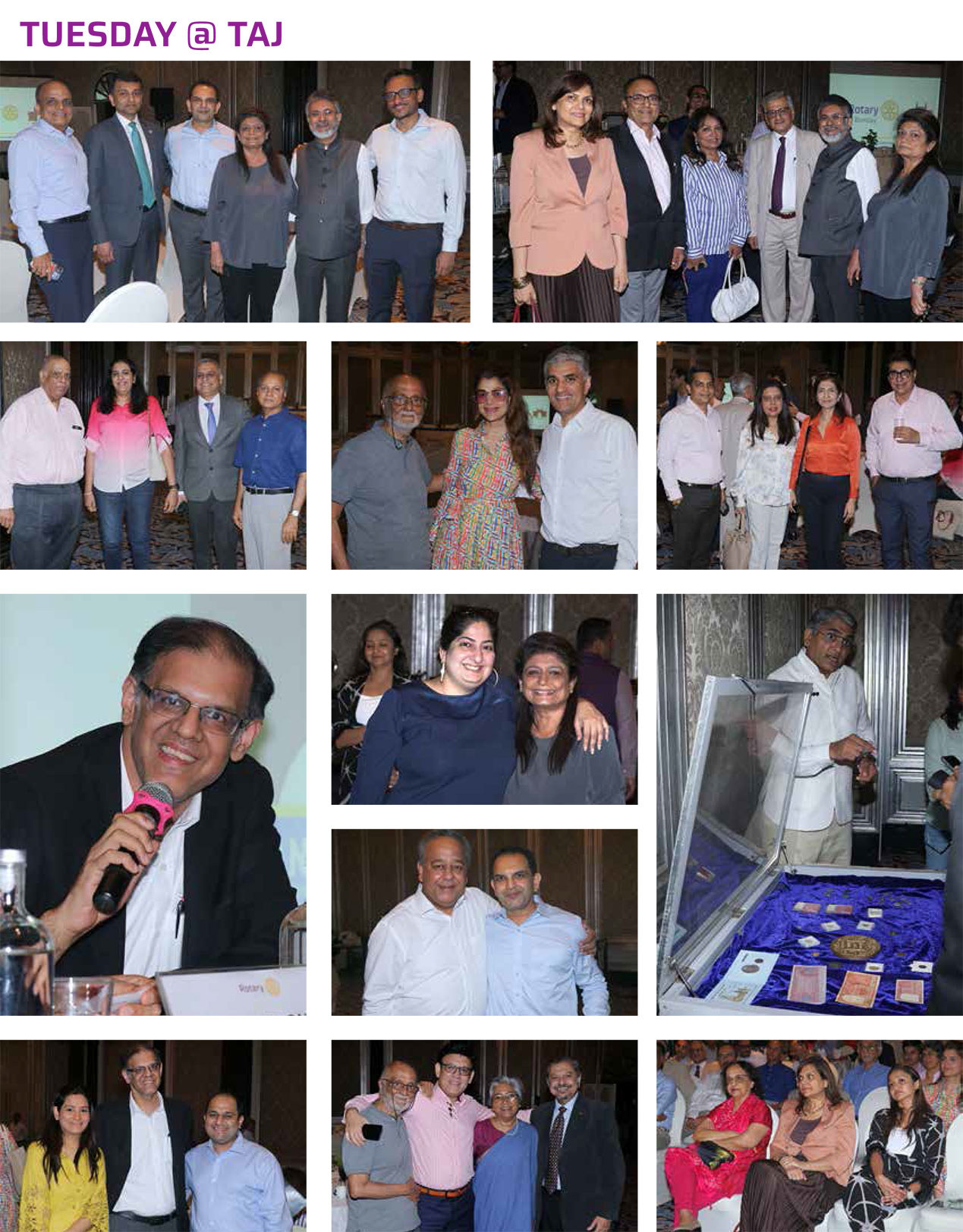
Anand Kothari, Archaeologist & Avid Coin Collector, Specialising In Ancient And Mughal Era Coins
What exactly is a coin? It’s just a piece of metal. It can be any metal, any shape. Gifting a coin to someone, say a silver coin, does not make it currency. For it to become a currency, it has to have someone who has issued it and who takes a guarantee for it. That is where any state or the government comes into the picture.
The word ‘coin’ came into existence in 600 BC in the time of the 16 Mahajanapadas. The English excavated a huge plaque in Bharuch, in MP, which narrates a story from the life of Gautam Buddha. One of his disciples was a very wealthy merchant called Anathapindika who wanted to build a temple for Buddha and his disciples. He found a piece of land owned by the prince of the region, Jeta, of Kosala. Jeta did not want to sell the land and, to deter Anathapindika, told him that he would sell it to him if he covered the entire land with coin pieces. Anathapindika did so and square pieces of coin (Karshapana) cover the whole ground of Jetavana Monastery even today.
The prince was so stunned that he requested Anathapindika to let him make a door and here, we find it written: Sau Koti Karshapana.
How do I know this story? One person told their kid, then they told their kid and so on and so forth and, after some time, we forget the story. This is exactly what happened with our script, Brahmi, which is called the mother of 40 scripts in India. That script was there all over the walls, but nobody could decipher it. We had a good eight to nine hundred years of Islamic rule in India. And this is where I would like to thank the British. When they came to India, they instituted the Archaeological Survey of India to find out what is written on the walls.

A mint master in Kolkata, James ANAND KOTHARI, ARCHAEOLOGIST & AVID COIN COLLECTOR, SPECIALISING IN ANCIENT AND MUGHAL ERA COINS Prinsep deciphered and wrote about this script and his source for deciphering was coins. You have the Greek alphabet on one side which says Basileus and on the other side we have the same in Brahmi letters. It took him around two and a half years to find out exactly what each letter meant. And the last two letters he got were ‘dhamma’ from the Sanchi Stupa. This caused a boom in India at the time amongst the British, who worked Monday to Friday and went on excavations and expeditions over the weekend.
In modern times, everybody has heard the word cryptocurrency. Here’s the background. It’s like a casino where you get your rupees converted to tokens and which allows you to play. This casino has branches all over the world, and these tokens are acceptable all over the world. So, tokens purchased here in Indian currency can be used in the US or anywhere else where the currency is. And, again, the casino decides its rate.
But this idea is a little late. It was Muhammad-bin Tughlaq who decreed that all currency of any type had to be deposited in the treasury and you would be given copper coins called taka against it.
People were curious how they would use the coin outside the kingdom. The king then told them that if they brought the taka back, they would get silver coins in return. He was then thrown out by the slave dynasty who started converting those coins to silver again. Foreign travellers in India have written that there were mountains of these coins lying around, but there were still no takers. So, modern-day cryptocurrency is like this taka from our history.

